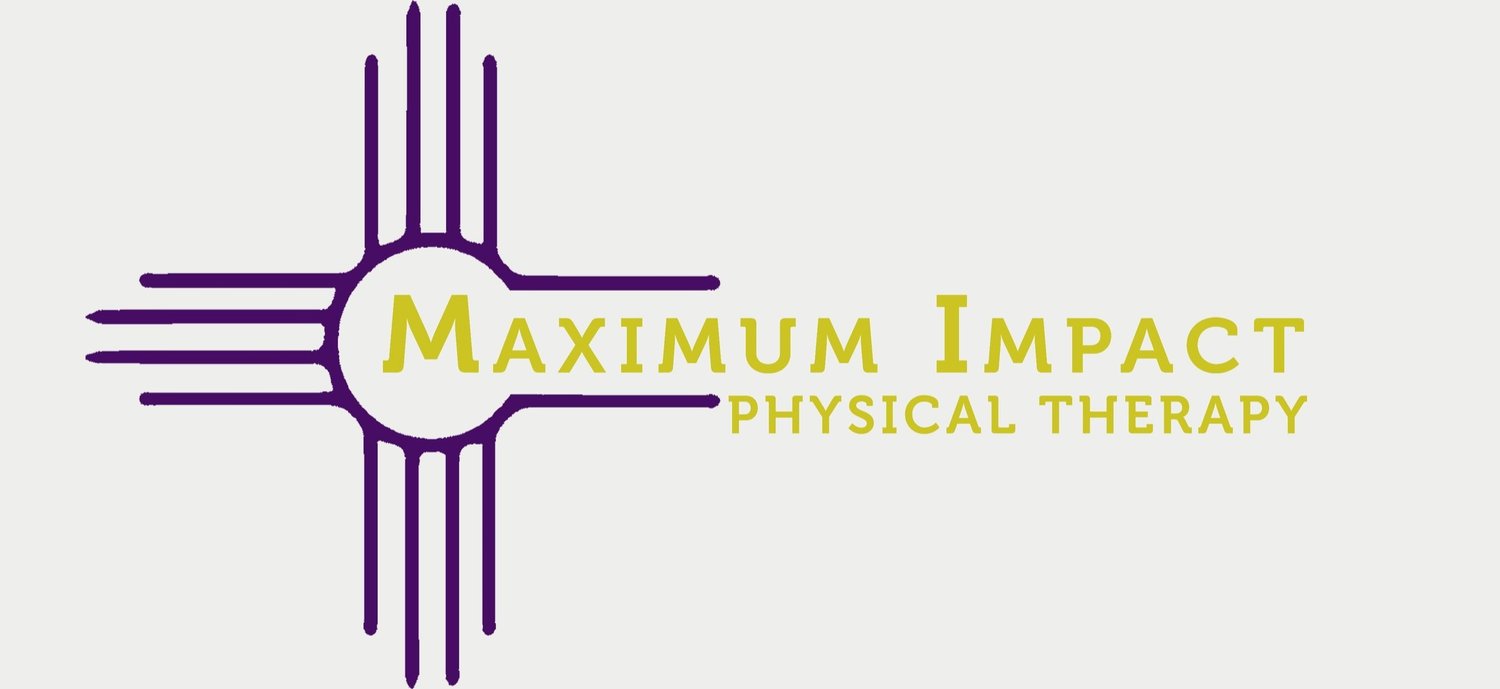Shoulder pain isn’t humerus.
The shoulder performs incredible work. It provides such freedom of motion that we can engage in a wide variety of activities—from playing our favorite sports to performing everyday tasks like reaching into high cabinets, scrubbing our backs, or doing cartwheels. This versatility is possible because of the shoulder’s exceptional range of mobility, though this also makes it more susceptible to instability.
To lay the groundwork, we’ll briefly review some anatomy. Most people (unless you're anatomy enthusiasts like us) think of the shoulder as a single structure and may not consider all of its components. So, let’s take a moment to differentiate the two primary joints of the shoulder to better understand how they function together.
Two main joints make up the shoulder (there is a third “joint”—the scapulothoracic—that we won’t discuss today, as it’s not a true bony joint, but we’ll revisit it another time).
The primary joint is the glenohumeral joint, which allows movement of the arm into flexion, abduction, adduction, and extension (as shown below). Consequently, this joint is a major contributor to the shoulder’s overall mobility.
and our shoulder (or pectoral) girdle
It is important to be able to dissociate one from the other, as well as know how they work together. If you take a look at this picture below, you can see where the scapulothoracic joint is.
Below the scapulothoracic joint are the muscles that connect and help with the movement of our shoulder!
You can see how most of our shoulder muscles attach to our neck and mid-back. Collectively, all of this makes the shoulder a pretty complex joint, with several potential sources for shoulder pain or dysfunction. Some of the most common sources typically come from the joint itself, with arthritis developing due to overuse or long periods of weakness and instability. Another major contributor is poor posture, which makes scapular motion more difficult and creates added strain on the shoulder.
The last—but far from least—cause is poor patterning. This means we move in an odd way over time, whether due to habit, compensation, or trauma that we never specifically connected to the shoulder. This "odd movement" can lead to scapular dyskinesis—which is a more technical way of saying the wrong muscle may be contracting or relaxing at the wrong time during a movement pattern, such as raising your arm, pushing yourself out of a chair, or experiencing pain only during activities like bench press or overhead pressing.
Disclaimer: This is not medical advice. If you are experiencing pain or believe you may have an injury, please consult a licensed practitioner.
If we're looking at how to strengthen the shoulders, there are a lot of moving parts and contributing muscles, as you can now see! We need good shoulder motion, proper scapular movement, adequate clavicle mobility, good thoracic extension, and overall posture... whew, that’s a lot!
Training rotation and flexion/extension movements from your trunk can help improve movement at the shoulder. If we’re dealing with a loss of motion in the trunk, the shoulder may compensate, which can lead to fatigue or pain.
To strengthen your shoulders, think about the basic movements that happen specifically at the glenohumeral joint (the shoulder’s ball-and-socket), and then look at the movements our scapula (or shoulder blade) performs to support those actions.
Source: Anatomy Textbook
Source: Anatomy Textbook
Always remember to think of your cervical posture during shoulder strengthening movements! Keeping the neck forward or strained can affect the shoulder, and take some of the stability in the shoulder, affecting our shoulder movements.






